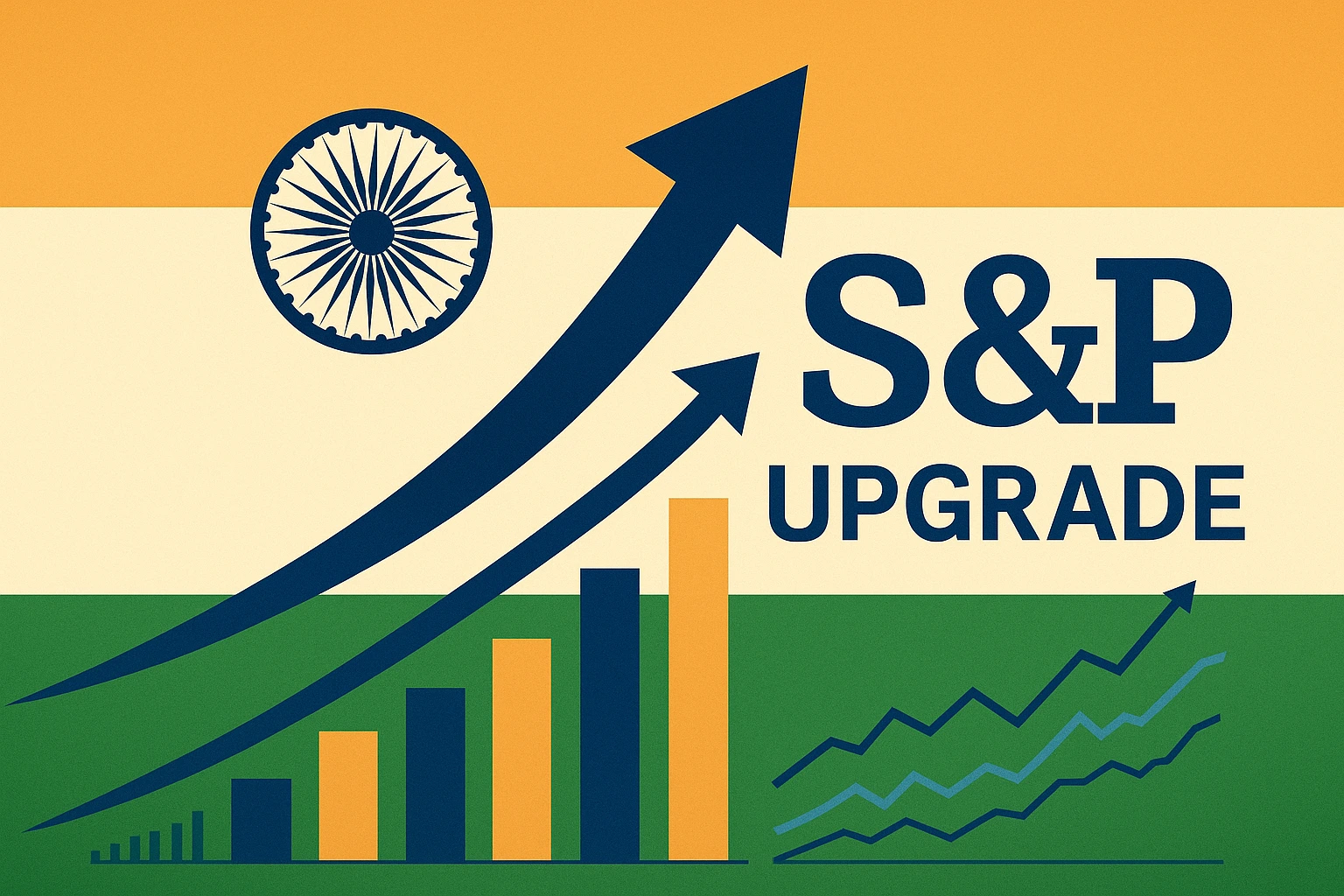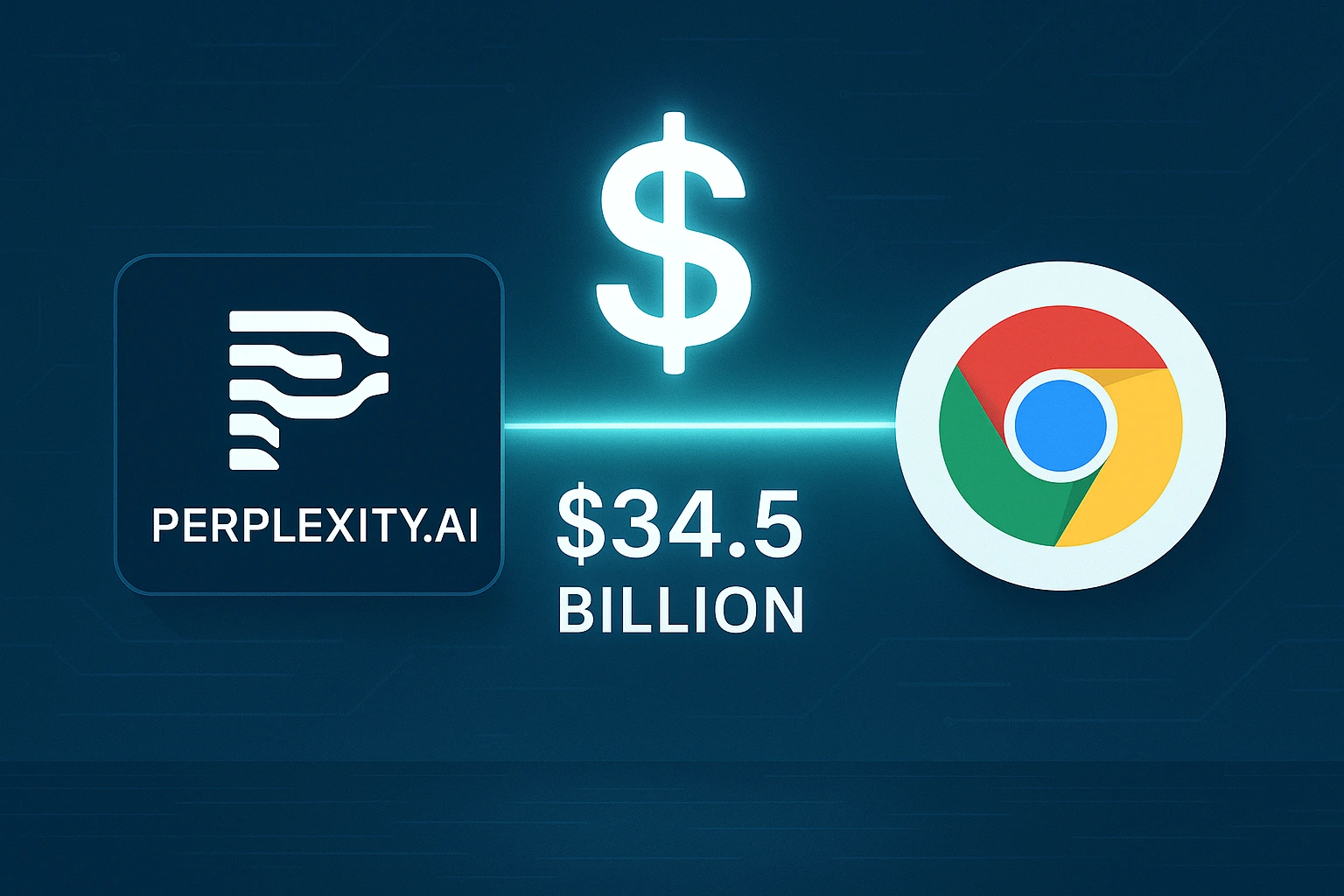The first quarter of 2025 delivered a jarring blow to the US economy, marking the sharpest contraction since the pandemic’s tumultuous mid-2020 period. The Commerce Department’s report revealed a 0.3% annual decline in Gross Domestic Product (GDP), a stark reversal from the previous quarter’s 2.4% growth and significantly below economists’ projections. This downturn casts a shadow over President Trump’s second term, fueling anxieties about a potential recession and the destabilizing effects of his aggressive trade policies.
Table of Contents
A Sudden Reversal: Understanding the Economic Shockwaves
The Federal Reserve Bank of Atlanta’s earlier forecast of a 2.7% GDP decline, while not fully realized, signaled the severity of the economic headwinds. The actual figure of -0.3% paints a picture of an US economy grappling with significant uncertainty. This sudden shift in economic momentum can be attributed to a confluence of factors, primarily the surge in imports ahead of impending tariffs and a corresponding decrease in government spending.

Trade Imbalance: The Tariff Tangle
President Trump’s sweeping tariff initiatives have sent shockwaves through the global trade landscape, prompting businesses and consumers to front-load purchases to avoid the anticipated price hikes. This rush to import goods resulted in a staggering 41.3% increase in imports, a dramatic swing from the previous quarter’s -1.9%. The resulting trade deficit, where imports far outpaced exports (which grew by a mere 1.8%), became the primary drag on GDP growth. This trade imbalance, a direct consequence of the tariff-driven behavior, has profoundly impacted the US economy.
Consumer Spending: A Fragile Foundation
Consumer spending, the bedrock of the US economy, experienced a noticeable slowdown, increasing by only 1.8% compared to the previous quarter’s 4%. This deceleration, the weakest since mid-2023, reflects a growing hesitancy among consumers, likely influenced by rising prices and economic uncertainty. The strength of the US economy has always been heavily reliant on consumer spending.
Business Investment: A Temporary Surge?
Interestingly, business investment defied the overall downward trend, expanding at a robust 9.8%. This increase is largely attributed to businesses proactively investing in equipment (a 22.5% surge) to mitigate the anticipated cost increases stemming from the tariffs. However, whether this surge is sustainable in the face of a weakening US economy remains a critical question.

Government Spending: Pulling Back
Government spending also contributed to the GDP contraction, falling by 5.1% at the federal level, a significant shift from the previous quarter’s 4% increase. This pullback in government outlays adds another layer of complexity to the US economy’s current challenges.
Mixed Signals: Underlying Demand Still Present?
Despite the negative headline GDP figure, there was a glimmer of positive news in the form of final sales to private domestic purchasers, a key indicator of underlying demand, which accelerated to 3%. This suggests that while the overall US economy contracted, fundamental demand within the private sector remains somewhat resilient.
Recession Watch: Not Yet, But Concerns Mount
While the -0.3% GDP print is concerning, it doesn’t automatically signify a recession. The traditional definition involves two consecutive quarters of negative GDP growth, a threshold not yet crossed. Moreover, the National Bureau of Economic Research (NBER), the official arbiter of recessions, considers a broader range of economic indicators, including employment, industrial production, and consumer spending, over a period of more than a few months.
Labor Market Resilience: A Key Indicator for the US Market
For now, the labor market remains relatively robust, with unemployment at 4.2% in March. Businesses continue to invest, and consumers, while more cautious, haven’t drastically curtailed their spending. The strength of the labor market is a crucial factor supporting the US economy.

Tariff Impact: The Lingering Threat to the USA
However, the fragility of the US economy is evident. President Trump’s continued aggressive stance on tariffs poses a significant downside risk. As Gregory Daco, chief economist at Ernst & Young, aptly stated, the longer the tariffs remain in place, the higher the likelihood of an economic downturn for the US economy. The ongoing trade tensions cast a long shadow over the future of the US economy.
Trump’s Response: Blaming the Past, Promising a Future Boom
In a post on Truth Social, President Trump seemingly deflected direct commentary on the GDP figures, instead highlighting the stock market’s performance under his predecessor and asserting that his tariffs would soon spur a significant economic boom for the US economy, driven by companies relocating to the United States. He urged patience, attributing any current economic challenges to his predecessor’s policies.

Inflationary Pressures: A Complicating Factor for the USA Economy
Adding to the complexity, the GDP report revealed rising inflationary pressures. The Personal Consumption Expenditures (PCE) price index, the Federal Reserve’s preferred inflation gauge, jumped to 3.6% from 2.4% in the previous quarter. Core PCE, excluding volatile food and energy prices, also saw a significant increase to 3.5%. These inflation readings present a dilemma for the Federal Reserve as it considers its next policy moves to support the US economy.
Fed’s Dilemma: Balancing Growth and Inflation in the USA
The negative GDP growth might typically prompt the Federal Reserve to consider lowering interest rates to stimulate the US economy. However, the elevated inflation readings could give policymakers pause, as rate cuts could further exacerbate price pressures within the US economy. Market expectations currently lean towards a rate cut in June, suggesting a prioritization of economic growth over inflation concerns for the US economy.

Employment Costs: Another Piece of the Puzzle for the Economy
Meanwhile, the Bureau of Labor Statistics reported that the employment cost index rose by 0.9% in the first quarter, aligning with expectations. This data point offers another perspective on the labor market dynamics influencing the broader US economy.
Looking Ahead: Key Data and Uncertainties for the US Economy
Markets are now keenly anticipating the Bureau of Labor Statistics’ nonfarm payrolls data, due for release on Friday, for further insights into the health of the US economy. Earlier in the week, ADP reported weaker-than-expected private hiring numbers, adding to the prevailing economic uncertainty surrounding the US economy. The trajectory of the US economy hinges on various factors, including trade policy, consumer behavior, and the Federal Reserve’s response to slowing growth and rising inflation. The current state of the US economy demands careful monitoring and strategic policy decisions.







